The Emergence of Okanagan Valley Wine

Photo Credit: Poplar Grove Winery
Author: Chris Costales
A short drive away from Vancouver and Seattle is an emerging wine region that has started to realize the height of its potential. Just far enough away from the spotlight of attention, the vineyards in British Columbia’s Okanagan Valley have been focused on proudly representing the magnificent land they are blessed to call home. The quality of wine grapes here have been steadily refined in the past few decades by committed ownership and vineyard management, lowering yields and planting vines to their optimum microclimates and soils.
British Columbia’s wine country is still a mystery for many people, even many wine industry professionals can tell you more about Austrian wine law before they could name quality Canadian wine producers. Trade and Investments, British Columbia and Kascadia Wine Merchants is out to change this however, recently bringing together a group of wine industry professionals from across the US and a few amazing proprietors from the Okanagan Valley for an educational overview of the wine region. The wine tasting experience included John Skinner from Painted Rock, Tony Holler from Poplar Grove, and Michal Mosny from Winemaker’s CUT, to explore and educate the group on why British Columbia wines are starting to compete with some of the best wine regions in the world.
OKANAGAN VALLEY
Located along the west coast of Canada, north of Washington and south of Alaska is the province of British Columbia. Although the province is comprised of several micro-climate wine regions, the Okanagan Valley, has been long considered the best resource for quality grapes in British Columbia, with the majority of B.C. wine sourced here. Overall, the northern end of the valley enjoys cooler average temperatures along with more rainfall compared to the warm and dry southern edge. A major climate influence here is the large and deep Okanagan Lake which snakes alongside most of the valley and provides cooler and temperate summers. The Okanagan Lake also prolongs the growing season into late autumn evenings by releasing retained heat it collects during the day to nearby vines. At the valleys southern end, the Okanagan Desert can be found, a semi-arid shrubland that might remind you more of the American southwest than its native Canada. When examining a wine label from this region you’ll mostly likely find BC VQA Okanagan Valley, which stands for The British Columbia Vintners Quality Alliance. To be labeled as such, a wine must be sourced from 100% British Columbia grapes and evaluated by a panel of wine industry professionals to meet quality requirements as well as defining characteristics of their growing region.
 Winemaker's CUT 2018 Gruner Veltliner
Winemaker's CUT 2018 Gruner Veltliner
WINEMAKER’S CUT
First on the tasting was a delicious Grüner Veltliner from Winemakers CUT. This winery produces wines built on the philosophy that to make the best wine you must start with the best source. Only sustainably farmed vineyards that are farmed without the use of herbicides or pesticides will be used for production. Perhaps one of the most eclectic elements used by the winery is the classical music that plays in the vineyard and cellar. Winemaker Michal informed of the changes that occur when playing the compositions, such as vines closest to the speakers growing the fastest, as well as birds and vineyard pests being deterred. Maybe one day all vineyard managers will be applying violin, oboe, and timpani instead of chemical treatments.
Being from Slovakia, Michal likes to bring some of his native homeland into the wine with small additions of Slovakian oak. This highlights the fresh fruit quality in the wine while imparting subtle walnut and almond aromas for complexity. Could Grüner Veltliner become one of the Okanagan Valleys signature white grapes? The winemaking team at Winemakers CUT believes that it can be, and if they keep producing at this high quality the grape can become a star for the region. The 2018 Grüner Veltliner isn’t shy on flavor with taste and aromas of peach, green apple, white pepper, almonds, and marzipan. Although some big flavors were described, the wine still has a delicate and elegant side which I think is one of its most impressive attributes. According to Michal, make sure to pair with grilled vegetables or tempura fried calamari for a delicious combination of flavors.

Poplar Grove 2014 Legacy
POPLAR GROVE
Next on the tasting was Poplar Grove Winery, originally founded in 1993 and now operated by the Holler family which farms more than 100 acres of estate vines spanning the length of the Okanagan Valley. The Legacy, a Bordeaux styled red blend, has been a favorite of Canadian wine lovers since its first production and the 2014 vintage continues the successful tradition. The majority of the wine is Cabernet Franc, along with Cabernet Sauvignon, Merlot, Malbec and Petit Verdot from estate vineyards.
According to the winery, vineyards in the warmer and dry south contain a greater concentration of sand, allowing about a two-week extension of the growing season and resulting in a harvest time often around late October. Grapes sourced here tend to achieve full ripeness which diminishes the green bell pepper notes that often distinguish Cabernet Franc grown from cooler wine regions in France. When first opened the wine delivers ripe and juicy flavors of red cherry, black plum, and black cherry, softening after a short decant or patience in your glass to reveal violet and black raspberry aromas. Extensive maturation of 21 months in French oak barrels along with 24 months of additional cellar aging in bottle before release provides the wine a toasty woody vanilla character smoothed over by the extra time in cellar.

Painted Rock 2015 Syrah
PAINTED ROCK
The last wine featured was from Painted Rock winery which was founded as a love letter to the Okanagan Valley from owners John and Trish Skinner, who believed that the region could produce some of the best wine grapes not just in Canada but the world. The Skinners knew they could help fulfil the Okanagan’s potential when they came across a beautiful 56-acre west sloping benchland that used to be an apricot orchard. The vineyard is enclosed in an amphitheater of rock and was planted in an east west orientation to take advantage of the airflow naturally flowing down the contour of the vineyard. Since 2010 farming has been done sustainably with no pesticides or herbicides, leaving the native owls, turkey vultures and hawks to control the insect and rodent populations.
Painted Rock’s commitment to excellence is a philosophy that expands into their vineyard, winemaking, and cellar. The Skinners are tenacious when it comes to choices of quality. When told that a specific vine clone was not available for them to plant, they hunted through numerous vine nurseries until they tracked down their preferred choice. The 2015 Painted Rock Syrah features 18 months aging with 30% new oak which is mostly French barrel and some American. The wine features black olive, dark chocolate covered blueberry fruit, savory notes along with leather, black pepper, and barrel spice aromas. Perhaps most impressive is that the wine has almost 6 years of bottle age and is still drinking quite remarkably youthful. Anyone lucky enough to still have this wine can hold onto it for a few more years.
After years of improvement, British Columbia’s wine producers may still feel overlooked, but thankfully there is a reason Canada has a reputation for politeness. Next time your glass is empty, reach for the BC VQA on the label and taste the quality of wines BC has worked so hard to establish. Thank you to all the winemakers and proprietors who took time to taste with us along with all the trade commissioners, Trade and Investment, British Columbia and of course Kascadia Wine Merchants who helps keeps the Canadian wine flowing for all of us here in the United States.


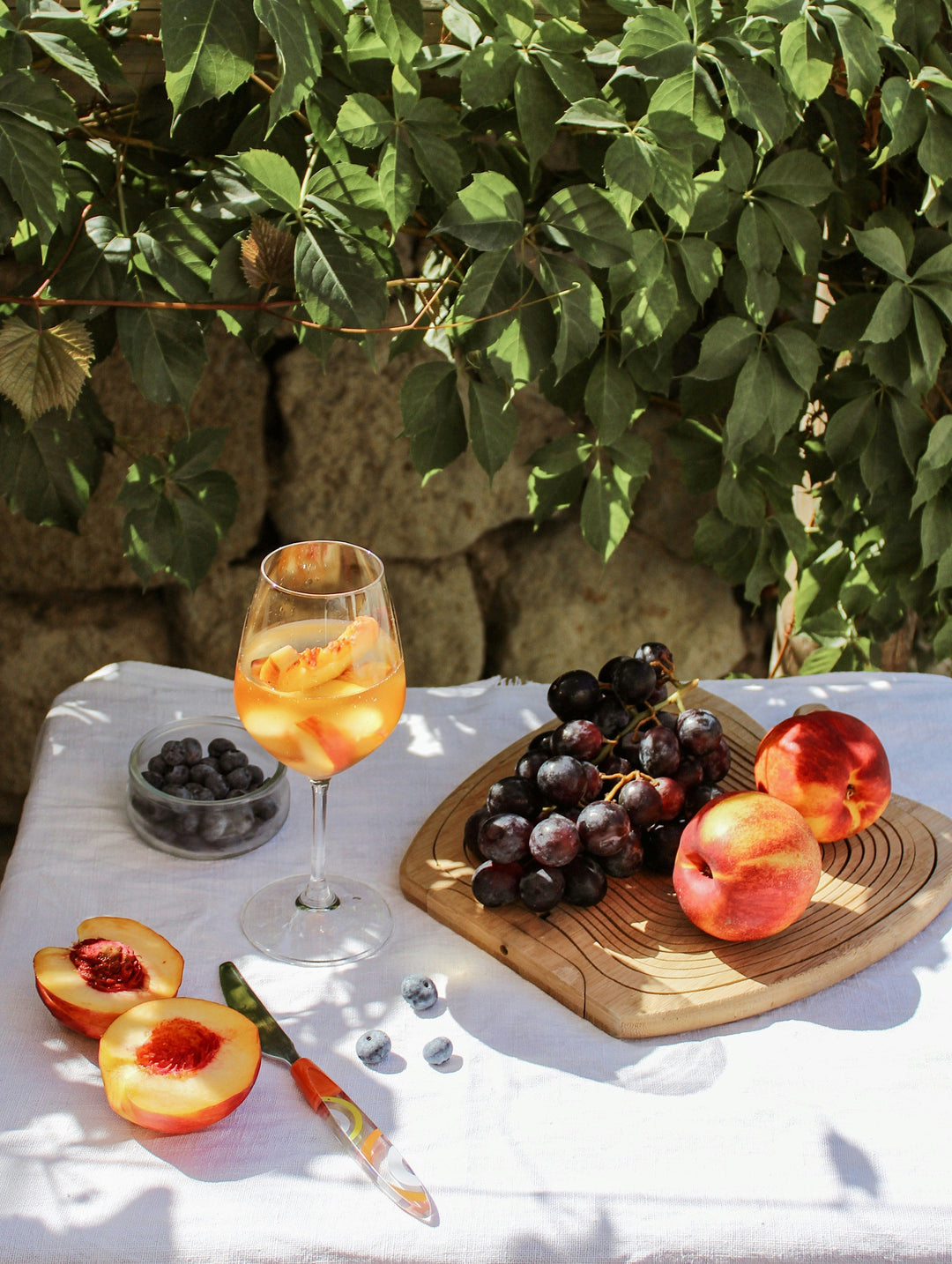
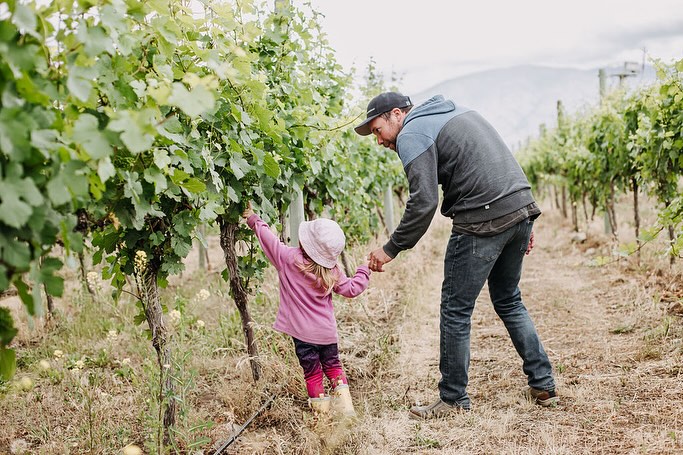
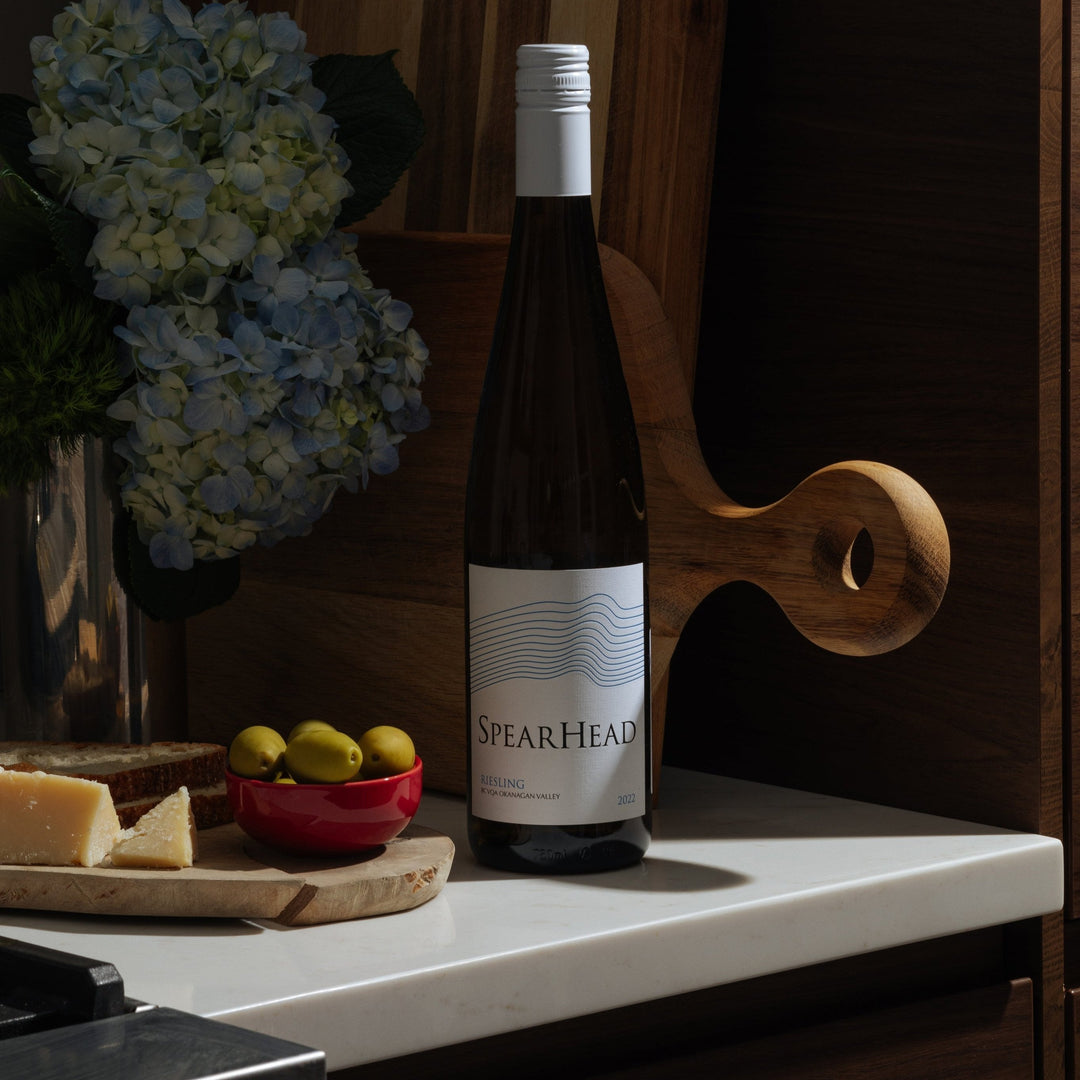
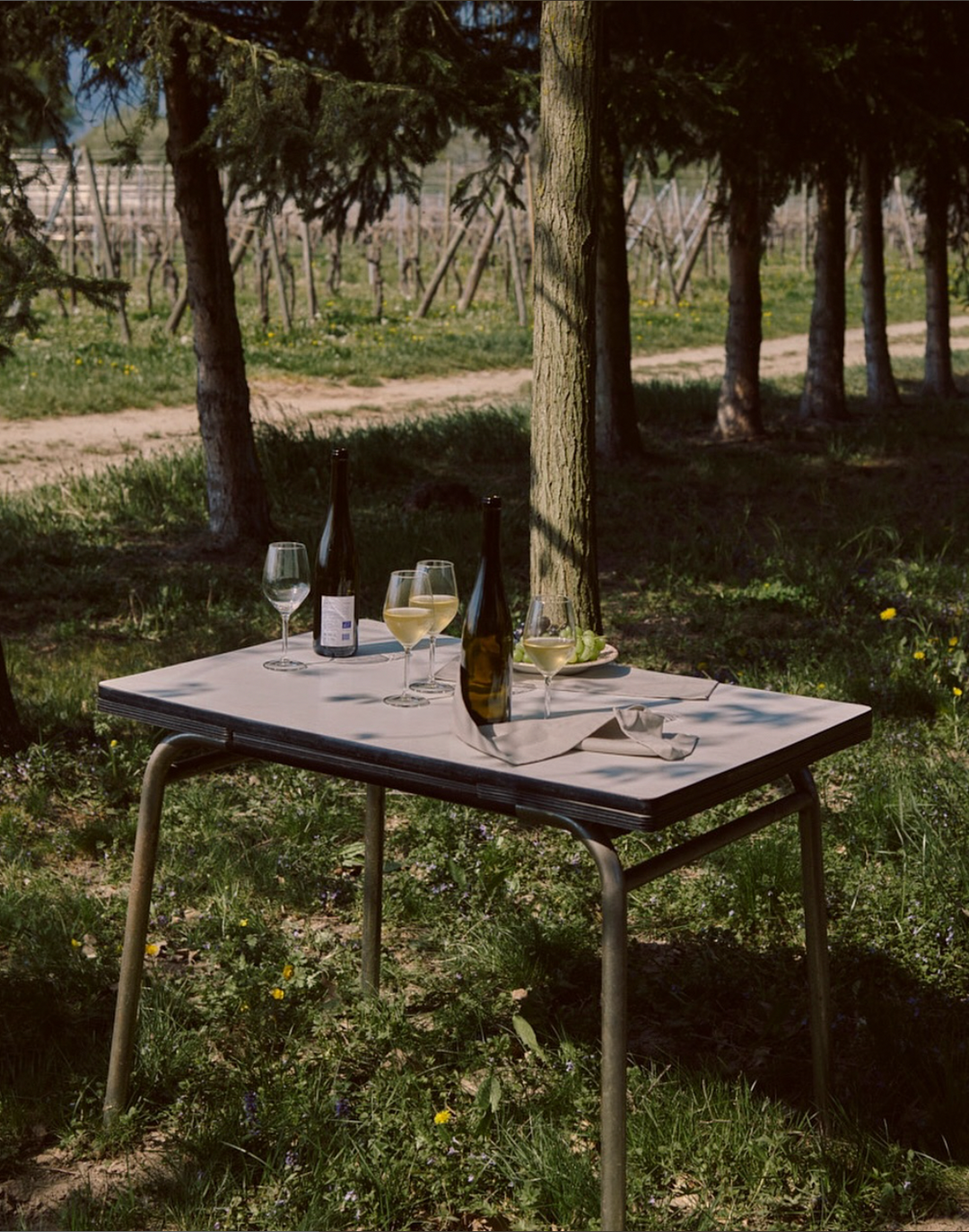
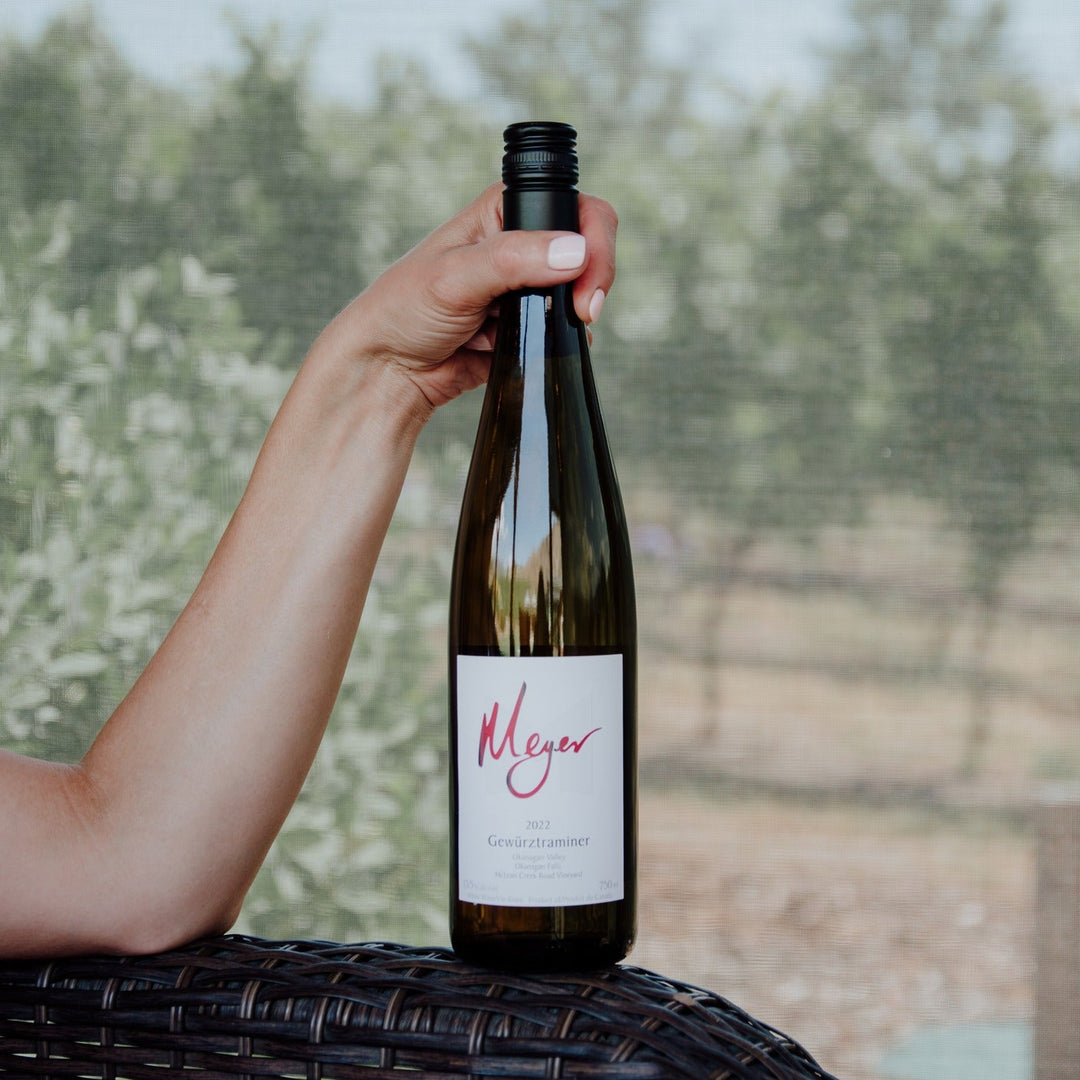
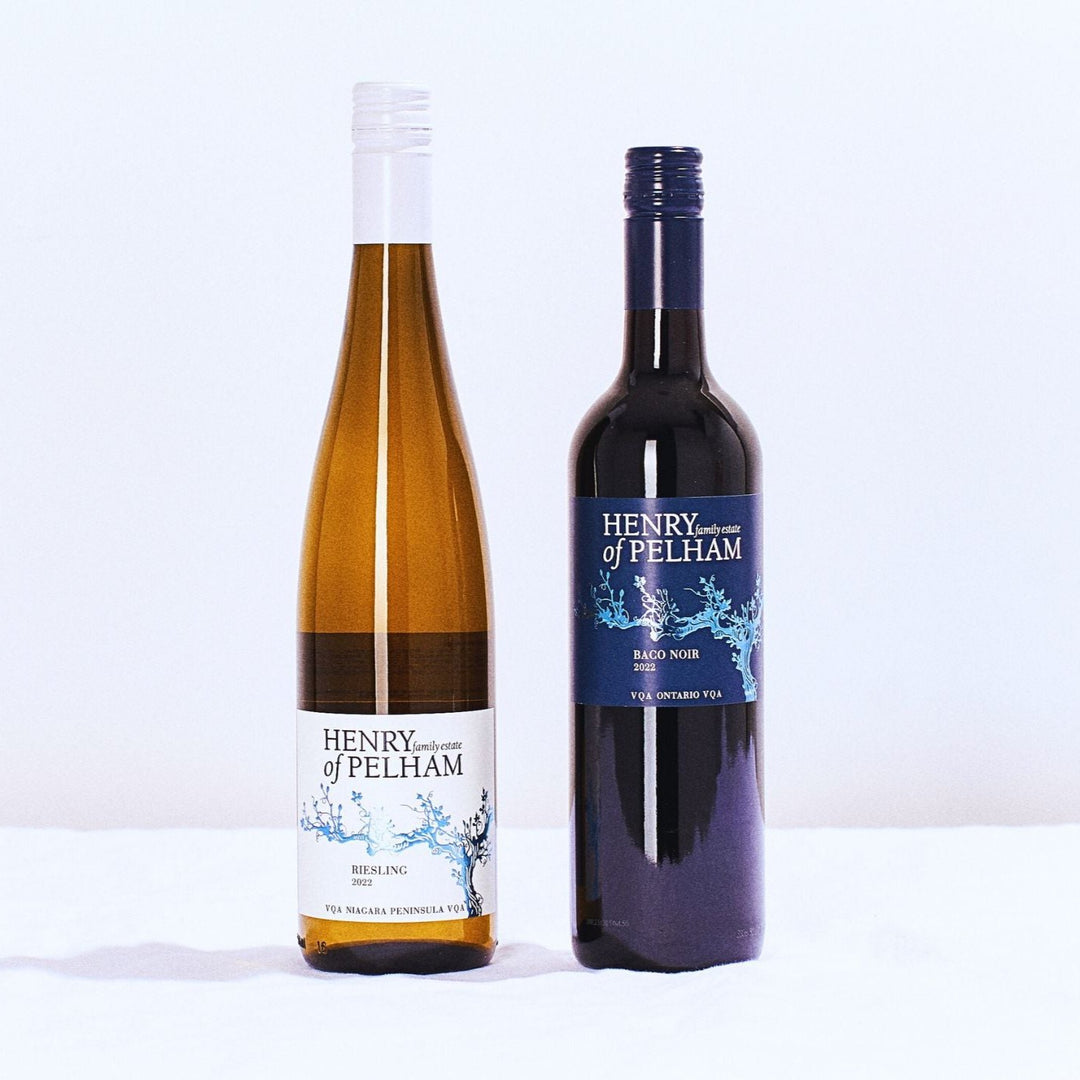
Leave a comment